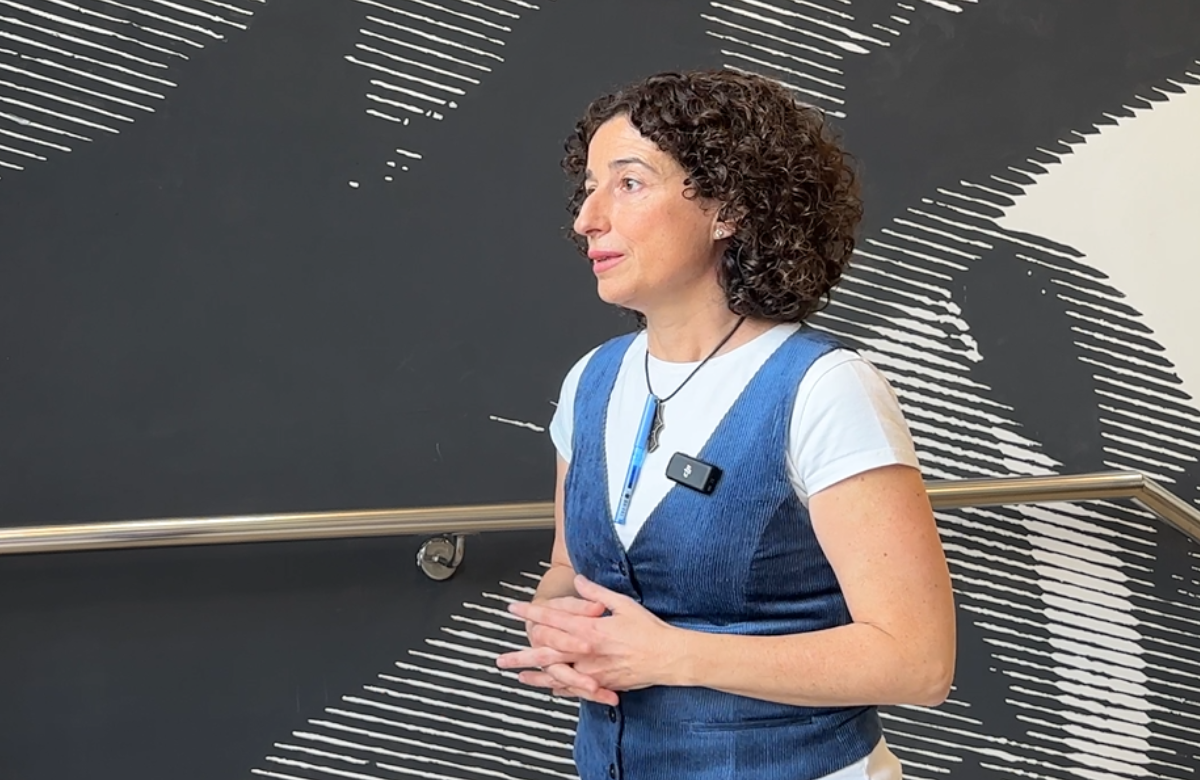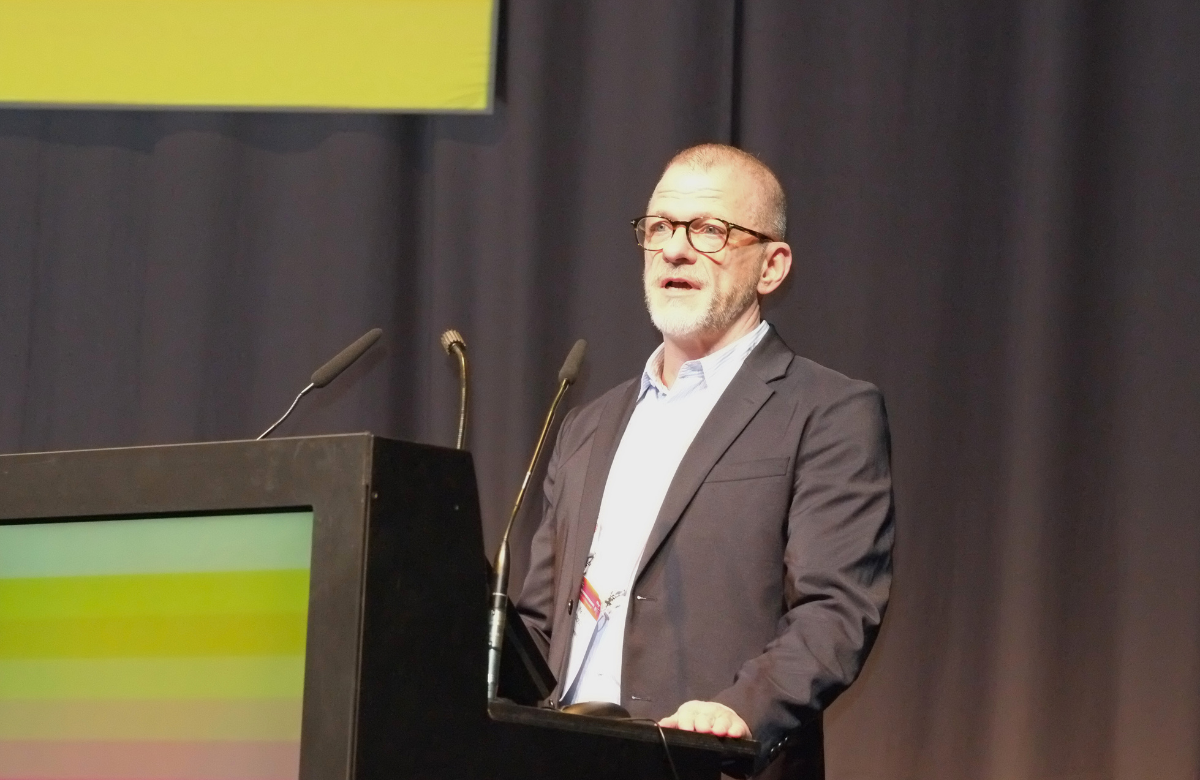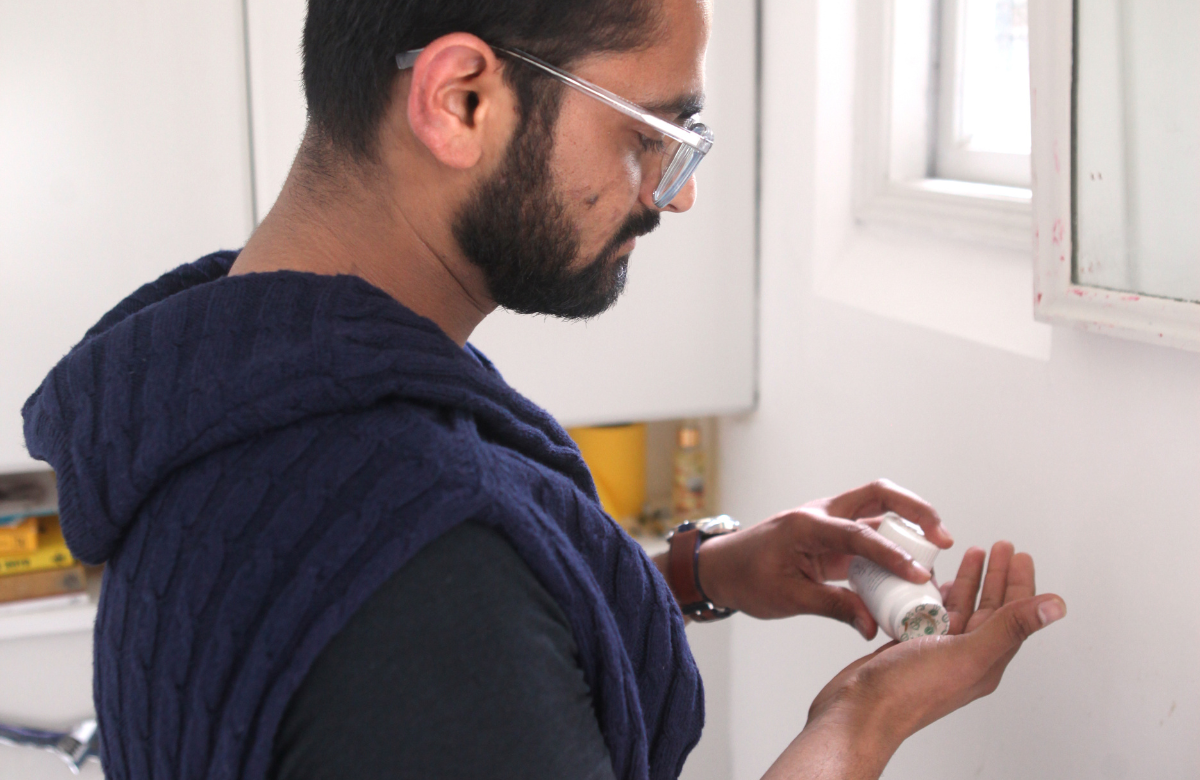Having problems reading this email? View it in your browser >>
|
||
 |
||
|
||
Contents
|
||
COVID-19 raises the risk of cardiovascular disease in people with HIV | ||
 Dr Raquel Martin Iguacel at EACS 2023. | ||
|
The findings were presented at the 19th European AIDS Conference (EACS 2023), taking place in Warsaw, Poland, this week. Several large studies in the general population have reported that people diagnosed with COVID-19 are at higher risk of experiencing a major cardiovascular event, such as a heart attack, compared to the rest of the population. However, the risk of new cardiovascular events after a COVID-19 diagnosis has not previously been studied in people with HIV. Dr Raquel Martin Iguacel and colleagues looked for COVID-19 diagnoses in the PISCIS HIV cohort database between March 2020 and July 2022 and for cardiovascular events in the PADRIS database, which compiles data on health service utilisation in the Spanish region of Catalonia. The analysis identified 4199 people with HIV with COVID-19 and 14,004 without COVID-19. The study population was predominantly male (82%) with a median age of 45 in the COVID group and 48 in the non-COVID group. Approximately 3% had CD4 counts below 200 (a risk factor for severe COVID-19 outcomes). Among those diagnosed with COVID-19, 7% were admitted to hospital and 25 people required intensive care. During a median follow-up period of 243 days, 211 people with a COVID-19 diagnosis and 621 without COVID-19 had a cardiovascular event, an incidence rate of 70.2 and 56.8 per 1000 person-years, respectively. In a multivariable analysis that adjusted for demographic factors, HIV-related factors, COVID-19 and co-morbidities associated with COVID-19, a diagnosis of COVID was associated with 35% increased risk of any cardiovascular event. The difference in risk was concentrated in three types of cardiovascular problem: thrombosis (disorders caused by blood clots), heart failure (failure of the heart to pump sufficient blood) and other heart disorders including aneurysms (where a blood vessel balloons and may suddenly rupture). People with HIV with a diagnosis of COVID-19 did not have higher rates of heart attack or stroke. The study investigators conclude that among people with HIV diagnosed with COVID-19, even if COVID-19 didn’t lead to hospitalisation, cardiovascular health should be a focus of care in people recovering from COVID-19. Ensuring that people with HIV are vaccinated against COVID-19 and keep up to date with booster doses is important for a population that already has an increased risk of heart disease. | ||
One in seven people at Amsterdam HIV clinic have symptoms of PTSD | ||
 Kevin Moody presenting at EACS 2023. Photo by Roger Pebody. | ||
|
PTSD occurs when a person has experienced a traumatic event and is unable to process the shock properly. Such events could include a serious injury, illness, or accident; being abused or sexually assaulted; multiple bereavements; being rejected because of stigma or prejudice; war, political violence or forced migration. PTSD can cause flashbacks, nightmares, a powerful sense of dread, nervousness and an avoidance of reminders of the event. People attending the Amsterdam Medical Center were asked to complete a screening tool for PTSD. The 474 respondents were predominantly male (85%), born in the Netherlands or other high-income countries (79%) and had an undetectable viral load (99%). Sixty-two respondents (13%) met the criteria for symptoms of PTSD. This exceeds the prevalence of PTSD in the general population (in global surveys, 4% of people who have experienced a traumatic event), and is comparable to figures for people with cancer (15%), people with chronic pain (10%) and military veterans (14%). Moody said healthcare providers should consider including screening for PTSD as a routine part of clinical care for all people with HIV. | ||
More than six out of ten migrant gay and bisexual men with HIV in France acquired it there | ||
 Mareike Günsche | www.aspect-us.com. | ||
|
The GANYMEDE study looked at 1159 gay and bisexual men with HIV receiving care in the Paris region. Their average age was 43, they had been in France for an average of 18 years, and had been in HIV care for six years. About half the participants could estimate when they acquired HIV; for the other half a date was established from medical records or estimated using CD4 count. The researchers estimated that 62% of study participants had acquired HIV after arriving in France, but this varied substantially by region of origin. A large majority of men from north Africa (85%) and Asia and Oceania (73%) acquired HIV in France but only a minority (40%) of men from South America. For most migrant men who arrived without HIV, the chance of acquiring it in their first year in France was considerably higher than in subsequent years. This was particularly common in men from sub-Saharan Africa: 25% of those who acquired HIV in France did so in their first year there, compared to 4.6% in years two to five and 3.9% in years six to ten. Similarly, for men from Asia, 16% acquired HIV in their first year compared to 6% in any of the following nine years. The challenges facing some immigrants were illustrated by the results of a survey of the participants. Just under 50% said they could not speak French on arrival; nearly 25% arrived as asylum seekers or undocumented migrants; 28% had no medical coverage of any kind; 8% were homeless in their first year in France; 27% were unemployed; and over half described not having enough money. | ||
Intermittent dosing of HIV dual therapy leads to higher rate of treatment failure | ||
 Mareike Günsche | www.aspect-us.com. | ||
|
The authors of the study have previously had promising results trialling dosing of triple-drug therapies on five and four consecutive days a week. They argue that intermittent dosing may reduce side effects, costs and be more convenient for people with HIV. However, the long-term sustainability and risk of developing resistance on intermittent dosing continue to receive criticism from some HIV experts. Intermittent dosing has never previously been tried with dual therapy. Between June 2021 and January 2022, 433 people with HIV took part in the study at several HIV treatment centres in France. To be eligible for the study, participants had to have had a consistently undetectable viral load for more than a year and have no resistance to the drugs in the dual regimen. Participants were randomly assigned to two groups; 219 people in the intermittent-dosing group (taking medication on four consecutive days per week) and 214 people in the daily-dosing group. Sixty-six per cent of participants were given dolutegravir plus lamivudine (Dovato), 34% were given dolutegravir plus rilpivirine (Juluca) and three were given darunavir plus lamivudine. After one year, the difference in the rates of viral suppression between the dosing schedules was negligible. Of those assigned to intermittent dosing, 94.5% maintained an undetectable viral load compared to 96.3% of the participants who took their medication daily. There were eight cases of treatment failure in the intermittent-dosing group and none in the daily-dosing group. Six were in those who took dolutegravir plus lamivudine. Lamivudine has a short half-life (the time it stays in the body) and a relatively low barrier to resistance (meaning the virus can quickly develop resistance to it when the concentration is low) compared to rilpivirine. Among the eight participants who experienced treatment failure on intermittent dosing, four were found to have resistance to their current treatment. | ||
Connect with us |
||
|
NAM's news coverage of the 19th European AIDS Conference has been supported by the European AIDS Clinical Society, Gilead Sciences Europe Ltd and ViiV Healthcare. |
||
|
aidsmap is an award-winning, community-based organisation, which works from the UK. We deliver reliable and accurate HIV information across the world to HIV-positive people and to the professionals who treat, support and care for them.
NAM Publications
Cally Yard, 439 Caledonian Road, London N7 9BG Company limited by guarantee. Registered in England & Wales, number: 2707596 Registered charity, number: 1011220 To unsubscribe please click here Privacy Policy: www.aidsmap.com/about-us/confidentiality |